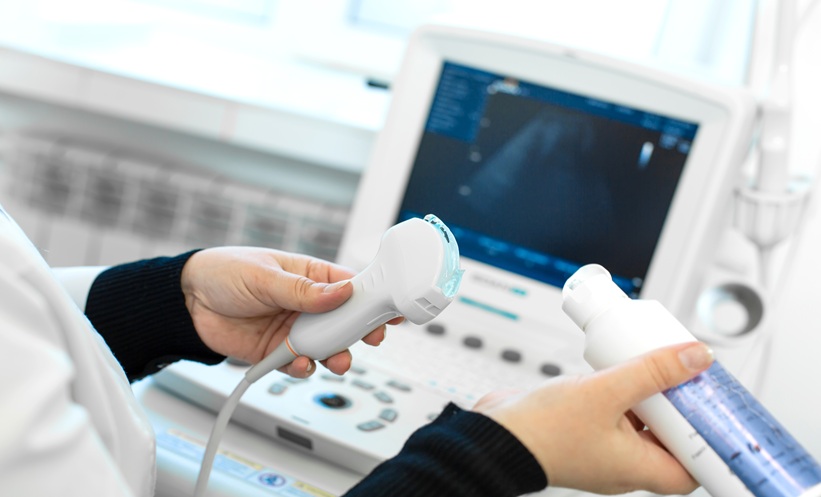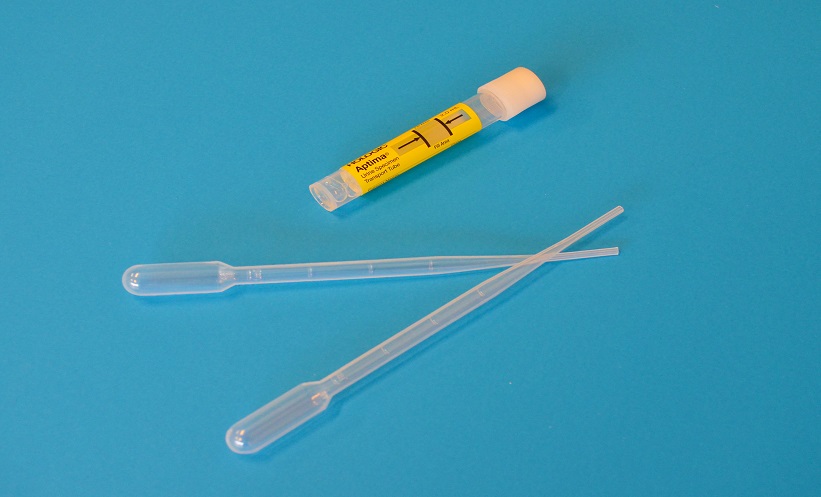ACCURATE bladder volume monitoring is crucial in prostate cancer radiotherapy to ensure precise dose delivery and minimise exposure to surrounding organs such as the bladder and rectum. While Cone Beam Computed Tomography (CBCT) is the gold standard for verifying bladder volume before treatment, its frequent use contributes to cumulative radiation exposure. This prospective study evaluated the clinical accuracy of the Echoson® ultrasound (US) device as a non-invasive, radiation-free alternative to CBCT in daily bladder monitoring.
Over the course of 25 treatment fractions, bladder volumes measured by US were compared to those obtained by CBCT in prostate cancer patients. The mean bladder volume assessed using US was 286 ml, aligning well with the ideal range of 180–300 ml for optimal radiotherapy outcomes. Results showed that US overestimated bladder volumes compared to CBCT, with an average deviation of 60.75 ml. In 435 out of 550 scans, US readings were higher, with a typical deviation of 14.29%. Despite this, the differences remained within clinically acceptable limits, posing minimal disruption to workflows.
Importantly, overestimation by US serves a protective function, reducing the risk of underfilled bladders, which can lead to prostate motion and compromise planning target volume (PTV) coverage. While minor adjustments in preparation may be needed when US readings are high, these adjustments prioritise patient safety and treatment accuracy. Unlike previous studies focusing solely on measurement feasibility, this study demonstrated the successful integration of US into radiotherapy workflows, enabling real-time patient feedback and improved compliance.
The findings support the use of the Echoson® US device as a practical daily tool in prostate cancer radiotherapy. Incorporating ultrasound can reduce the number of CBCT scans needed, mitigating unnecessary radiation exposure. Future developments may include AI-driven systems to enhance measurement precision, further streamlining workflows. Overall, this study strengthens the case for adopting ultrasound in clinical practice to improve treatment consistency, minimise toxicity, and enhance patient safety.
Reference
Bąk B et al. A prospective study of bladder volume assessment using ultrasound in prostate cancer radiotherapy: Comparison with cone-beam computed tomography (CBCT). Radiography (Lond). 2025;DOI:10.1016/j.radi.2025.103016.







